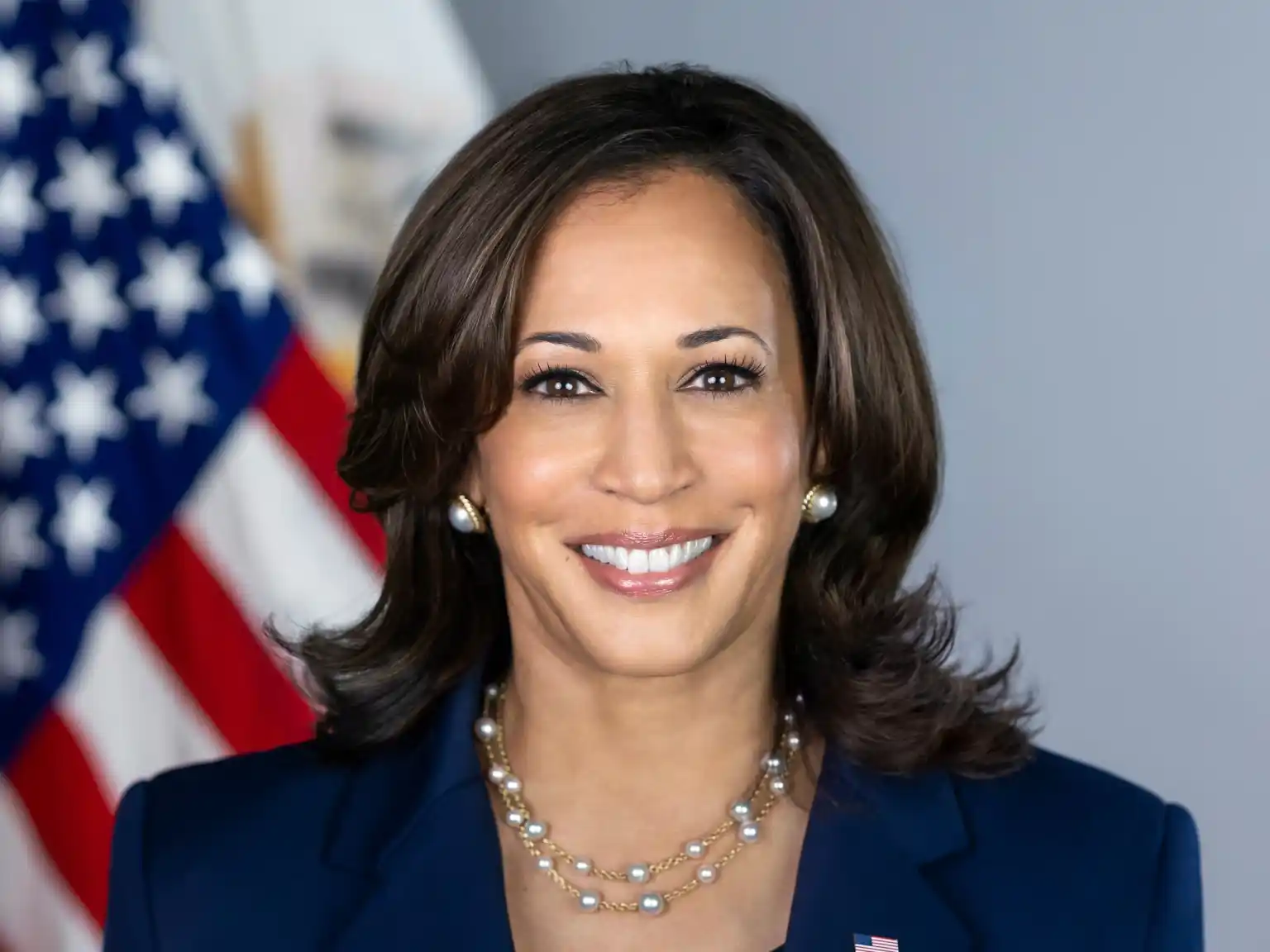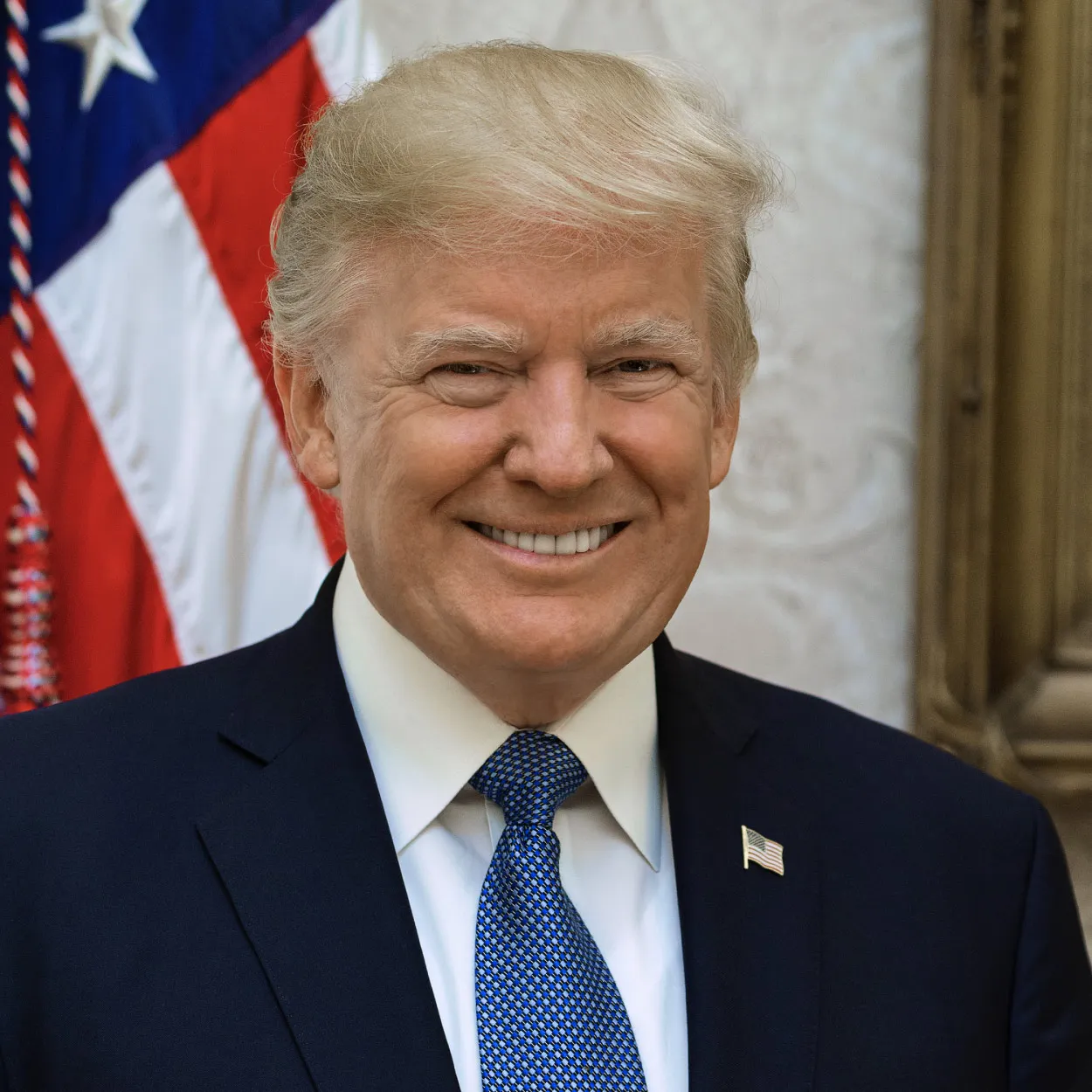By Caitlyn McGregor, Contributing Writer
As the 2024 presidential election heats up, Vice President Kamala Harris and former President Donald Trump offer starkly different visions for the future of the United States. This article outlines their beliefs on key issues, their proposed policies, and their accomplishments to date.
Economical Beliefs
Harris advocates for investing in green technology and infrastructure. She advocates for higher taxes on wealthy individuals and large corporation, although the National Review argues that higher taxes could discourage investment and business expansion, which may ultimately impact job creation. Her goals include expanding childcare credits, improving healthcare, and promoting renewable energy to reduce economic inequality and foster sustainability.
Trump supports a conservative economic approach, with lower taxes and less regulation. He believes that cutting corporate taxes and reducing government rules will stimulate growth andcreate jobs. His America First policy focuses on bringing manufacturing jobs back to the United States and renegotiating trade deals. While Trump also proposes tariffs, the Council of Foreign Relations warns that these could eventually raise prices for consumers.
Both Harris and Trump say they’d plan to tackle inflation and affordable housing.
Immigration
Harris supports immigration reform that includes a pathway to citizenship for undocumented immigrants and protections for Deferred Action for Childhood Arrivals (DACA) recipients. She aims to improve border security while also addressing the needs of asylum seekers and refugees. The plan seeks to balance enforcement with humanitarian support.
Trump advocates for stricter immigration policies, including the construction of a border wall and increased enforcement measures. He supports the deportation of undocumented immigrants and has focused on reducing illegal immigration and limiting asylum claims, emphasizing a tough approach to immigration and enhanced border control.
Abortion
Harris is a hard defender of reproductive rights. She supports codifying Roe v. Wade into federal law to protect access to abortion services. Her platform includes expanding healthcare coverage to ensure reproductive health services are accessible and affordable for all women. Harris’ stance reflects a commitment to safeguarding and expanding women’s rights.
Trump, on the other hand, holds a conservative position on abortion. He advocates for restricting abortion access and, under his administration, overturned Roe v. Wade. Trump has stated he would not sign a 6-week abortion ban into law, as he believes it should be determined by the states, rather than the federal government.
Accomplishments
Harris served as the first female Vice President of the United States and is the first Black and South Asian American woman to hold this position. She has played a key role in advancing legislation on infrastructure, climate change, and economic relief during the COVID-19 pandemic. She has been involved in advancing the administration’s economic recovery plans, such as the Inflation Reduction Act, and addressing international issues, such as climate change.
Trump has proposed several tax and tariff ideas, including new tariff hikes to all imports, lowering the corporate income tax rate, and making the individual, estate, and business tax changes from the Tax Cuts and Jobs Act (TCJA) permanent. He also appointed three Supreme Court justices, and renegotiated trade agreements like the United States-Mexico-Canada Agreement (USMCA).


In summary, Harris and Trump represent contrasting approaches to governance. Their achievements and proposals highlight these fundamental differences as they vie for the presidency.





